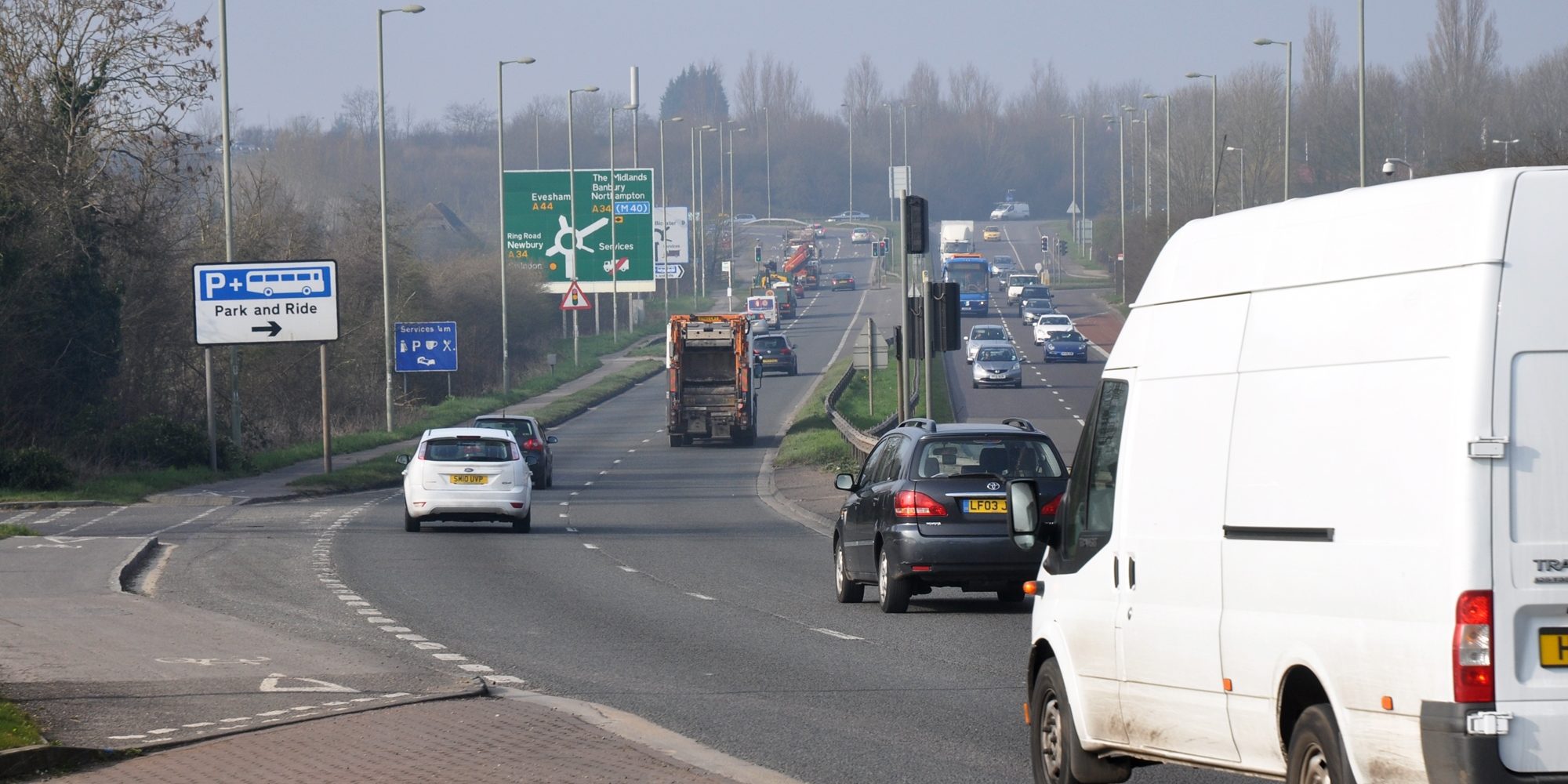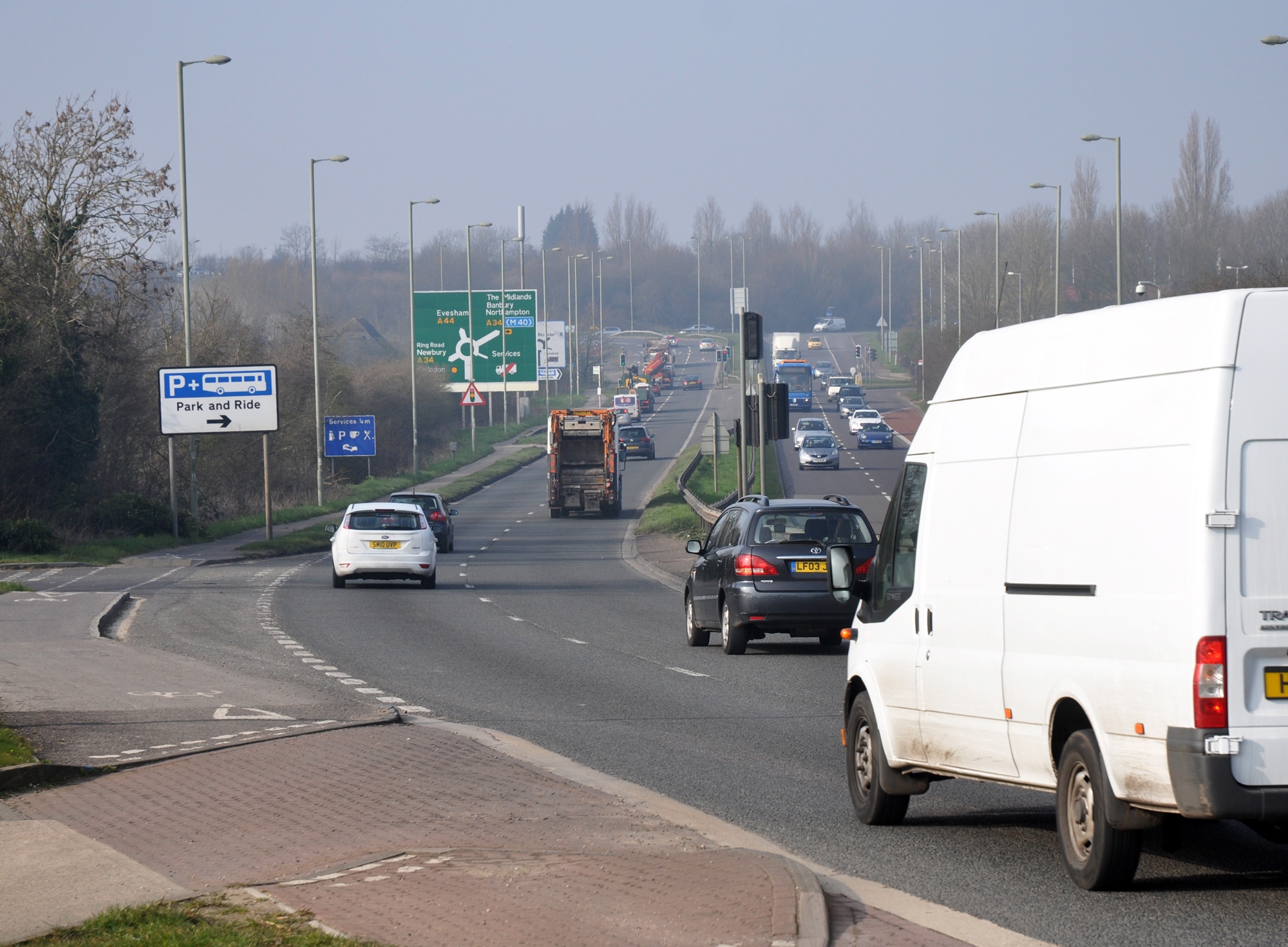The Oxford-Cambridge Expressway – heading off the rails?

22nd November 2016

Government is backing a report by the National Infrastructure Commission that recommends the creation of a ‘silicon beltway’ between Oxford and Cambridge, including a new expressway and a significant increase in housing along the route. But what problem is this trying to fix, what problems will it cause and is a new road an old (& wrong?) solution?
Earlier this month, the National Infrastructure Commission (NIC) published its interim report into the Cambridge – Milton Keynes – Oxford corridor. Its central finding is that a ‘lack of sufficient and suitable housing presents a fundamental risk to the success of this area’.
East-West Rail – A sensible investment
Its opening recommendation is that Government should go ahead with the initial phase of East West Rail, linking Oxford to Milton Keynes, asap with delivery by 2024, and also get to work quickly on the next phase linking Milton Keynes to Cambridge. The Chancellor rose to the challenge and announced £110m in support in his recent Autumn Statement. CPRE Oxfordshire supports this approach as a sensible investment into public transport infrastructure.
But do we need a big road too?
The NIC report then went on to recommend that:
– Detailed plans for the Oxford-Cambridge Expressway should be drawn up as soon as possible.
– Plans for these major new transport links should be drawn up with the ‘specific intention’ of securing tens of thousands of new houses
– A strategic vision and plan for the area should be drawn up by the relevant Local authorities, Local Enterprise Partnerships, key government departments and national delivery agencies.
And it seems Government is listening with the Chancellor also announcing an initial £27m of funding for the Oxford-Cambridge Expressway in his Autumn Statement.
‘Squeezing elephants into a mini’
The claim is that such investment will bring new jobs to the area, supporting the UK economy as a whole. It is true that we have great universities at either end of this line, but that doesn’t make this a growth corridor any more than any other two locations picked at random. Indeed an earlier study by the National Infrastructure Commission effectively said ‘there appears to be currently very little interest in commuting between Oxford and Cambridge, so we had better build a road quickly to create it’! (We paraphrase of course, but that was the jist.) Looked at in a different light, surely this is one of the last places in the country that you would want to invest money to increase demand?
Helen Marshall, Director, CPRE Oxfordshire, said: ‘This is the equivalent of trying to squeeze elephants into a mini. This area is the most under pressure across the whole country in terms of housing and yet has among the lowest levels of unemployment. So why would you possibly target it for massive expenditure to increase jobs, thereby upping the housing bubble even more? The whole approach is fundamentally wrong, undermining local democracy and playing the old game of ‘more roads will solve everything’. We need a much more intelligent approach to national land use.’
Who decides?
The issue of local democracy is key. There is little public awareness of what is being planned, let alone any serious attempts by local authorities at consultation or engagement. Making Local Enterprise Partnerships key players in the picture will do little to reassure all those who have seen the recent rise in power of these unelected and unaccountable quangos.
Key questions
So, here are the key questions that really need answering – before this all heads on down the line as a fait accompli….
1. How will this help rebalance the national economy and ensure that economic growth is delivered to those areas most in need? How will it help ‘to make Britain a country that works for everyone’ as Theresa May said in her first speech as Prime Minister?
2. Who is going to define the boundaries for an integrated strategic plan? What opportunities will there be for public engagement? What alternatives are being tested?
3. What protection will there be for the natural environment? The original remit for the NIC included ‘protecting the area’s high quality environment’. This report talks about the built environment, but the natural environment? Not even a passing mention.
4. What protection will there be for the Green Belt? The Conservative Government manifesto of course commits to protect the Green Belt, so that’s alright then. Sorry if we are not quite sure how proposals to build a major road across the Oxford Green Belt will protect it. Perhaps someone will explain!
5. How will moving lots of people quickly to the edge of Oxford help address the challenges of the hugely congested last mile or so into the City? The report calls for city centre transport strategies, but what realistic new solutions can be put in place when the City is struggling to cope with current demand and journeys into Oxford are already expected to increase significantly over the next 10 years? There are already several new Park & Rides planned within the Oxford Green Belt – is the intention just to turn it into one giant car park?
6. How will the road impact on the success of the railway? How will we meet climate change targets with a policy based on increasing commuting?
All in all, we believe this to be a short-sighted approach that will focus the wrong development in the wrong place. Time the NIC, and the Government, had a re-think.
You can download the Oxford to Cambridge Expressway Strategic Study Stage 3 report, including potential routes, on the Government website here (pdf 23MB)
CPRE Oxfordshire
November 2016
